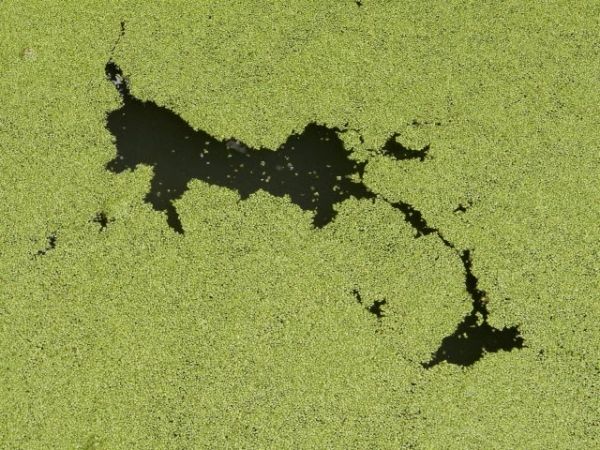After winning an ARC Linkage grant in 2016, Griffith University researchers, led by Professor Michele Burford at the Australian Rivers Institute, looked at the organic compounds leached from leaves and how this interacts with soil, to determine whether these compounds could suppress the growth of blue-green algal (or cyanobacteria) blooms.
Blue-green-algae outbreaks have major impacts on plants and animals that live in or near creeks, rivers, lakes, estuaries and the ocean. These algae can also produce toxins with major human health concerns. Professor Burford said investigating how leaf litter can play a role in limiting those impacts could aid management authorities and environmental managers such as Healthy Land Water and Seqwater in managing, monitoring and treating impacted water.
“Trees have an even greater role in preserving water quality than we previously thought,” she said. “Nutrients from the land – via fertilisers and soil erosion, for example – are a major cause of algal blooms, and planting trees along waterways is one way to reduce nutrient runoff.
“This is because trees take up nutrients from the soil in order to grow. But trees have another role, as we have recently found.
“Trees and other plants also deliver organic material into waterways. They drop their leaves, they fall in the water or they fall on the ground, so we get leaf litter everywhere.”
Continue reading at Griffith University
Image via Griffith University


